USA vs. START III. New impossible conditions
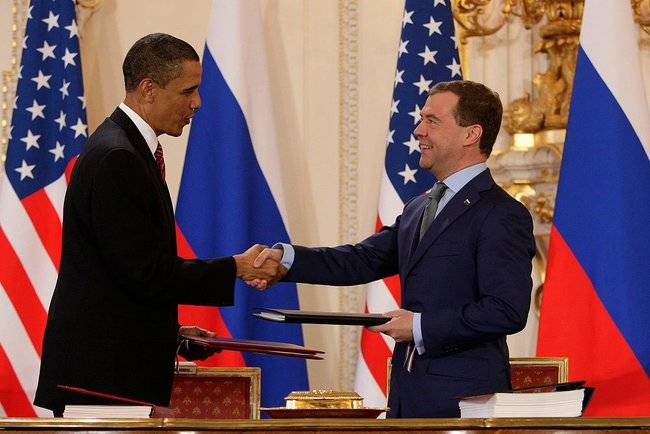
On February 5, 2021, the Treaty on the Reduction of Offensive Arms (START III / START) expires. The terms of the agreement provide for the reduction of strategic nuclear forces to the specified limits. It is possible to extend the contract by mutual agreement of the parties. However, the extension process stalled, and the other day there were new problems. The American side came up with requirements that are virtually impossible to fulfill.
American conditions
The cause for new debate at the highest level was the recent publication of The Washington Times. May 7, she published an interview with the representative of the US President for arms control Marshall Billingsley. The main points of this interview naturally attracted attention.
M. Billingsley noted that Washington does not need “arms control for the sake of control,” and therefore the American authorities want to be explained to them the need to extend START III. In addition, the agreement in its current form does not solve a number of issues that are considered priority in the United States. Without their consideration, the extension or signing of the new START Treaty, in the opinion of the American authorities, does not make sense.
In general, it comes down to three main topics. The first is China's participation. The PRC has developed strategic nuclear forces, and the United States wants to see it on the START list. Beijing refuses to sign such an agreement, and Washington wants Moscow to help convince him. Otherwise, the US will not renew / sign the agreement either.
The second problem concerns promising Russian weapons. M. Billingsley recalled the systems “Dagger”, “Poseidon” and “Petrel”, which do not fit into the conditions of the existing START III. According to him, the United States does not intend to discuss the place of such weapons in a future contract. The problem is proposed to be solved in the simplest way: Russia must abandon these samples. Moreover, work should be stopped in areas absent from the United States.
The third issue raised by the representative of the US president involves checking and gathering information. It is proposed to tighten inspection and inspection processes. The reason for this proposal is a lack of confidence in Moscow and Beijing.
Russian response
The Russian Ministry of Foreign Affairs has responded to statements by an American official. Deputy Minister Sergey Ryabkov noted that signals from Washington do not favor optimism and the continuation of a productive dialogue. The American side presents the situation as if Russia is more interested in the existence of START.
The deputy minister recalled the recent events surrounding the Treaty on the Elimination of Intermediate-Range and Shorter-Range Missiles. At that time, the United States tried to shift the responsibility to Russia, and after that they withdrew from the treaty. S. Ryabkov considers it highly probable that in the case of START III the American authorities use the same method.
Chinese question
In his interview, M. Billingsley expressed the point of view of the American administration on the current state of affairs and prospects of the START Treaty. In addition, a circle of problems worrying Washington was outlined and some proposals were made. They should be considered separately - and certain conclusions should be drawn both about the proposals themselves and about the motives of their authors.
The first idea of M. Billingsley is to attract China to sign new agreements. It should be recalled that in the past Beijing was repeatedly invited to the START Treaty and the INF Treaty, but it resolutely refused. The reasons for this refusal are quite simple and are related to the fact that the terms of both agreements are excessive or dangerous for China's strategic nuclear forces.
The existing START III provides for a reduction in the number of deployed nuclear warheads to 1550 units. The total number of carriers is negotiated at the level of 800 units. at 700 deployed. As far as we know, the PLA has no more than 700-900 warheads and no more than 250-300 carriers suitable for deployment. This is significantly less than START III restrictions. However, the total number of potential carriers reaches 1200-1300 units.
The situation was different with the INF Treaty. This agreement prohibited member countries from developing, producing and operating ground-based missile systems with a range of 500 to 5500 km. The PLA has a wide range of missiles of various classes, from operational-tactical to intercontinental. Moreover, it is products of medium and shorter range that are the basis of the missile forces - a total of more than 300 units. For comparison, the number of ICBMs on land and at sea does not exceed 120-130 units.
Thus, joining START III does not make any sense to the PRC, since the Chinese strategic nuclear forces do not go beyond its limitations. However, in the future, as strategic nuclear forces increase, START will limit their potential. As for the INF Treaty, such an agreement simply threatens national security. If its conditions were accepted, China would have been forced to write off almost two-thirds of its ground-based missiles with nuclear military equipment.
Prospective samples
M. Billingsley offers the Russian side to abandon promising weapons, such as the Poseidon submarine, as well as the Dagger and Petrel missiles. They do not fit into the definitions of START III, and Washington does not want to change the treaty taking into account their existence.
Obviously, Russia will not abandon such developments. They are an asymmetric response to the actions of "foreign partners" and are designed to maintain a strategic balance. The United States is actively deploying its SSBNs, building strategic missile defense facilities and creating a new long-range bomber. Russia responds to all this with its projects in other areas.
The rejection of new developments would have the most serious consequences for national security. However, the continuation of work on them poses a threat to the United States, which leads to statements like recent ones.
Very interesting is the proposal of M. Billingsley to refuse work on samples that are not available in the United States. This idea causes both bewilderment and pity. It seems that this is another attempt to shift the problem - this time from the lagging side to the front line.
Control and distrust
Over the past half century, the United States and the USSR / Russia have signed and implemented a number of international arms control treaties. During this time, a successful and efficient system of mutual monitoring and control has been formed, which still exists. With the exception of certain shortcomings and incidents, in general, such a system confirms its efficiency and effectiveness.
If China is involved in existing agreements, such a system will have to be changed. Despite certain difficulties of the transition period, it should remain operational and provide the required tripartite transparency.
However, the United States now wants to review the current system. M. Billingsley mentions a certain tightening of measures, but does without specifics. At the same time, he directly indicates Washington’s distrust of Moscow and Beijing, which becomes a formal occasion for new requirements.
Shifting responsibility
Thus, all three measures proposed by the representative of the US President for arms control are either doubtful or impossible. China does not want to enter into existing or future agreements, Russia will not give up its new weapons, and tightening control measures will not improve relations between the participating countries, which are already not the warmest.
Apparently, the US leadership does not intend to extend the START III treaty in its current form. It wants to involve a third party in the negotiation process - China, which has sufficiently powerful strategic nuclear forces and has become a competitor to the United States in the international arena. In addition, Washington proposes to take into account the progress in the field of armaments, but in the simplest way - banning everything that does not fit into the provisions of the current START Treaty.
At the same time, it follows from the statements of M. Billingsley and other officials that the United States is ready for a negative scenario in which START III will not be extended and will not receive a replacement. However, Washington does not want to look like the culprit of such a development. This can explain the new proposals of a provocative nature, disadvantageous or impossible for existing or potential parties to the agreement.
The current position allows the United States to bargain and try to get out of the situation with the greatest benefit. If Russia and China agree with the conditions of M. Billingsley, then Washington will get rid of several potential problems. Otherwise, START III will cease to exist, and this will allow it to build its strategic nuclear forces only taking into account its own plans and capabilities. However, the absence of any restrictions will untie the hands of the geopolitical opponents of the United States.
On the whole, the current position of the US leadership on START III or its replacement seems logical and convenient from the American point of view, but disadvantageous for other countries. All this does not allow to translate the dialogue into a constructive channel and come to mutually beneficial solutions. However, the United States seems to have taken a principled stand.
Less than a year remains before the expiration of START III. For the remaining months, Russia and the United States must develop a common strategy and take action. However, new statements by foreign officials unambiguously threaten this process. What will happen next in the START field is a big question that remains unanswered.
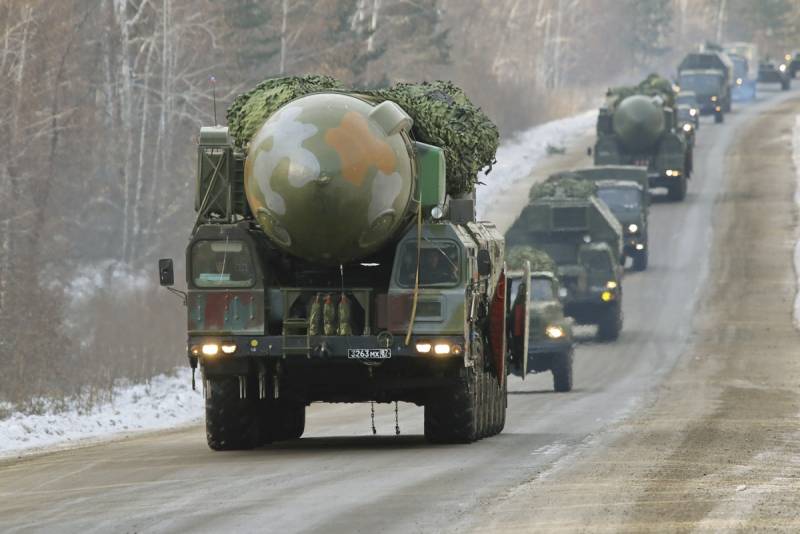
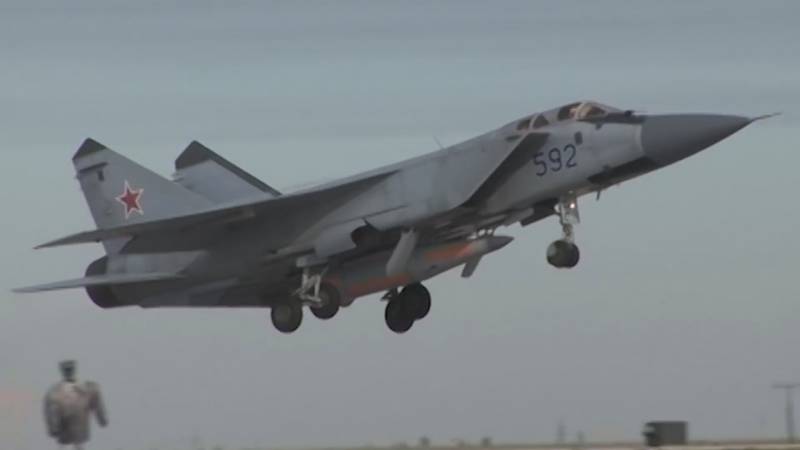
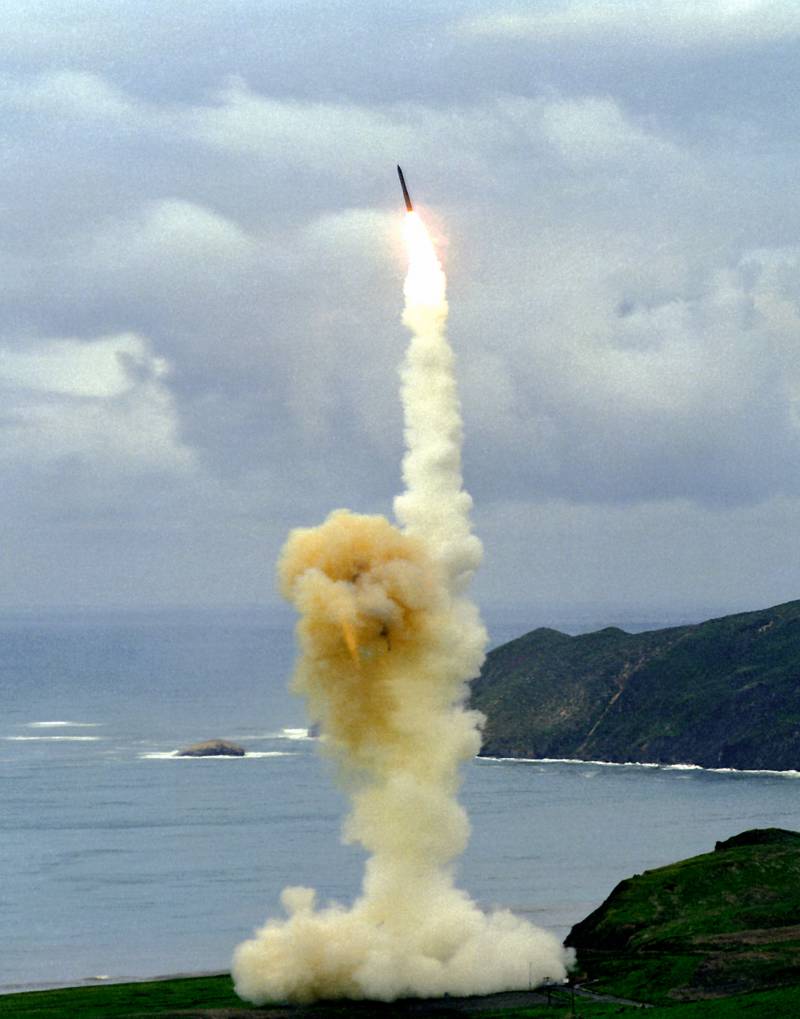
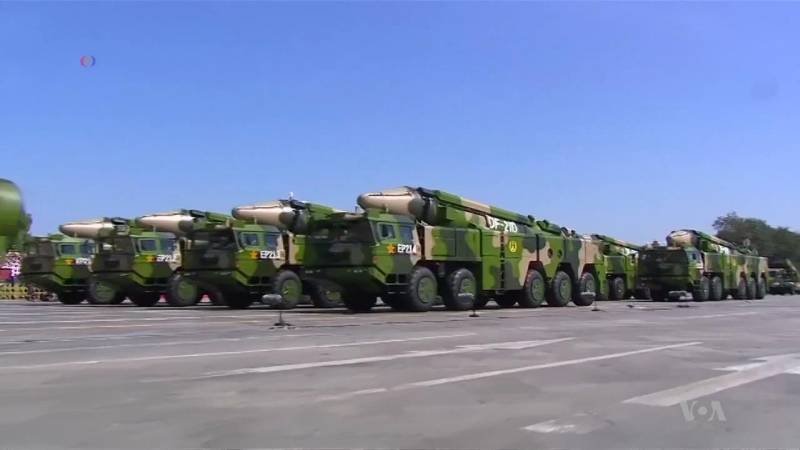
Information